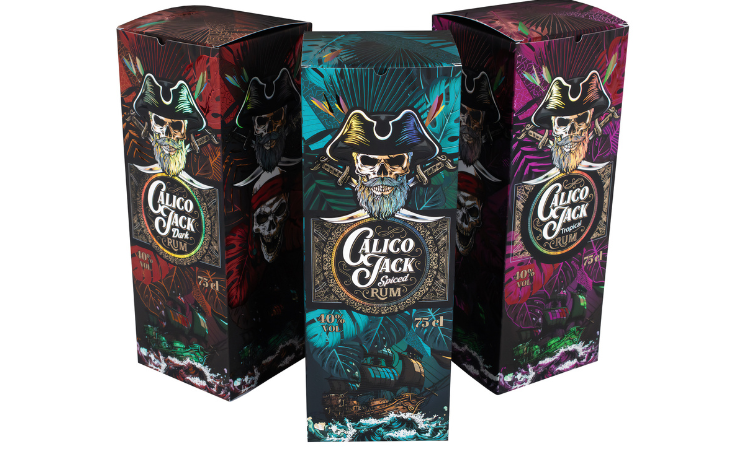In an increasingly digital world, the print industry continues to innovate and evolve, combining traditional methods with modern technology to produce eye-catching, high quality products. One of the most exciting advancements in recent years is the world of digital embellishment, adding depth, texture and luxury to printed materials. This method has opened new possibilities for designers, marketers and brands, allowing them to create more engaging and memorable products.
What is digital embellishment?
Digital embellishment refers to a range of techniques that enhance printed materials by adding special effects such as foil stamping, spot UV coating, embossing and more. Unlike traditional embellishment methods, which often require specialised tools like dies and plates, digital embellishment is done using digital printing technology, allowing for greater precision, flexibility, and customisation.
Types of digital embellishment
Digital embellishment encompasses several different techniques, each with its own unique effects.
- Foil stamping: Traditionally, foil stamping required the use of a metal die to apply foil to a substrate. Digital foil stamping eliminates the need for dies, allowing printers to apply metallic foils with pinpoint accuracy. Most commonly used in packaging, invitations and business cards, foiling adds a luxurious, reflective quality to the product and can boost the margin on the finished job.
- Spot UV coating: Spot UV coating is a technique where a clear, glossy coating is applied to specific areas of a printed piece, creating a contrast between the shiny coated areas and the matte finish of the rest of the design, often used to highlight logos, images, or text, making them stand out.
- Embossing and debossing: Embossing raises a design element above the surface of the paper, while debossing presses it into the paper. Digital technology now allows for intricate and detailed designs to be embossed or debossed with greater speed and accuracy.
- Textured varnish: Textured varnish adds a tactile element to printed materials by creating raised, textured patterns or designs, mimicking the feel of different materials, such as fabric or wood, adding a unique sensory experience to the item.
- Laser cutting and engraving: Laser cutting and engraving allow for the creation of intricate designs by precisely cutting or engraving paper and other substrates, creating stunning, detailed patterns that are impossible to achieve with traditional methods.
- 3D digital embellishment: This technique creates a raised, three-dimensional effect on printed materials, similar to embossing but achieved through digital processes. It can be combined with foiling or varnishing to add even more depth and visual interest.
- Digital metallic inks: Unlike traditional metallic inks, digital metallic inks can be applied directly to the substrate, allowing for greater design flexibility. These inks provide a shiny, reflective finish that can add a touch of elegance to covers, brochures, or boxes.
The advantages of digital embellishment
The rise of digital embellishment offers several advantages over traditional methods. Two of the most significant benefits are its ability to accommodate short print runs and personalised designs. This flexibility allows brands to create unique, customised print products that cater to specific audiences and with a reduction in setup time, jobs become more efficient, which in turn offers a more economic solution.
Challenges and considerations
While digital embellishment offers many advantages, there are also some challenges to consider. For example, not all substrates are suitable for every type of digital embellishment. Printers need to carefully choose the right materials to ensure the best results. A certain level of expertise is also required. Operators and designers alike need to understand how to use these tools effectively to create the desired effects. Finally, as with many things, cost is always a factor, with digital embellishment proving to be a cost-effective alternative for small to medium runs, the per-unit cost can still be higher than traditional methods for very large volumes. Businesses need to weigh the benefits of customisation and flexibility against the higher costs.
The future of digital embellishment
As technology continues to advance, the possibilities for digital embellishment in the print industry will only expand. More sophisticated techniques that allow for greater creativity and customisation will allow the ability to create stunning, tactile experiences that resonate with consumers. By combining the best of traditional and digital printing, this innovation is helping brands and designers create products that are not only visually appealing but also memorable and impactful.
This feature article was first published in the August/September issue of Digital Printer, which you can read online here; register here to receive future issues of the magazine.





